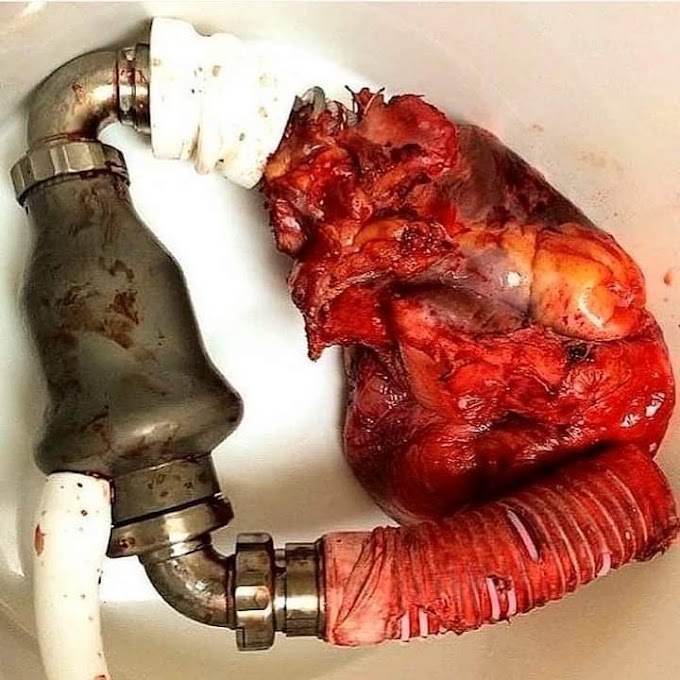A new tool from the space agency may produce the gas, completing the next step for planning a round trip voyage
In a high-stakes mission that could take five years to complete, NASA wants to land astronauts on Mars in the 2030s.
Transporting enough oxygen and fuel on a spacecraft to sustain the mission for anywhere near that length of time, however, isn't currently viable.
The way NASA plans to address this problem is by deploying MOXIE, or the Mars Oxygen in Situ Resource Utilization Experiment. This system is in the testing phase on the Mars Perseverance rover, which launched in July. The apparatus will convert the carbon dioxide that makes up 96% of the gas in the red planet's' atmosphere into oxygen.
On Mars, oxygen is only 0.13% of the atmosphere, compared to 21% of the Earth's atmosphere.
Scientists at Washington University in St. Louis have now said they may have come up with another technique that could complement MOXIE.
The MOXIE system essentially produces oxygen like a tree -- pulling in the Martian air with a pump and using an electrochemical process to separate one oxygen atom from each molecule of carbon dioxide, or CO2.
The experimental technique proposed by Vijay Ramani and his colleagues uses a completely different resource -- salty water in lakes beneath the Martian surface.
The study by Ramani, a distinguished professor at Washington University's department of energy, environmental and chemical engineering, and his colleagues published last week in the journal PNAS.
Testing MOXIE
The MOXIE team at NASA will study how the little, toaster-size version operates on the Perseverance rover and apply lessons learned for developing a larger and more powerful system for a crewed mission.
The experiment will help researchers learn how a number of environmental factors, including dust storms, winds and sand, and the temperature of the carbon dioxide, could affect MOXIE. The scientists also need to know how radiation could impact its software.
A full-scale MOXIE system on Mars might be a bit larger than a household stove and weigh around 2,200 pounds (1,000 kilograms)-- almost as much as Perseverance itself. Work is ongoing to develop a prototype for one in the near future, NASA has said.
Hecht said that NASA's focus would remain on extracting oxygen from Mars' atmosphere. While the ice could be useful in the future, he said, it should be regarded as a mineral that has to be prospected, extracted and refined before it can be used. What's more, the ice on Mars is found predominantly at high latitudes, which isn't where NASA intends to land humans, at least at first, he added.
"Extracting oxygen from the air is easy by comparison because it's everywhere, you don't have to go dig anything up, and that's why we're doing it first."








0 Comments